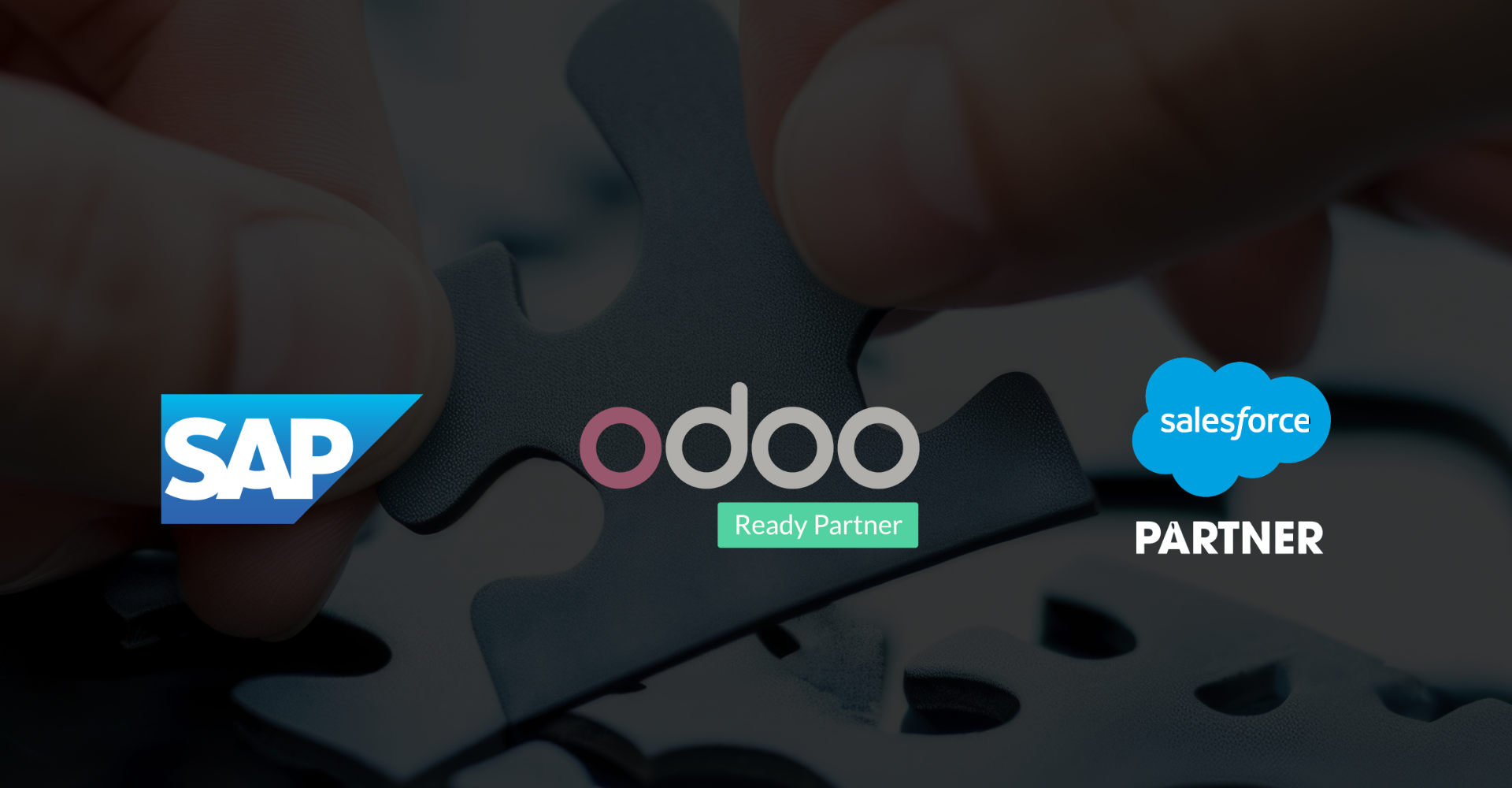SAP S/4HANA Cloud vs On-Premise: Top 7 Key Differences Explained

Strong 8k brings an ultra-HD IPTV experience to your living room and your pocket.
Note: IndiBlogHub features both user-submitted and editorial content. We do not verify third-party contributions. Read our Disclaimer and Privacy Policyfor details.



